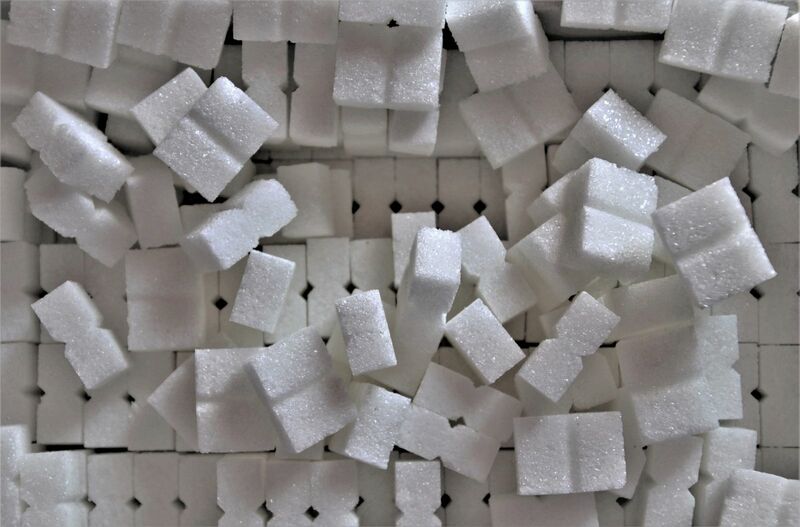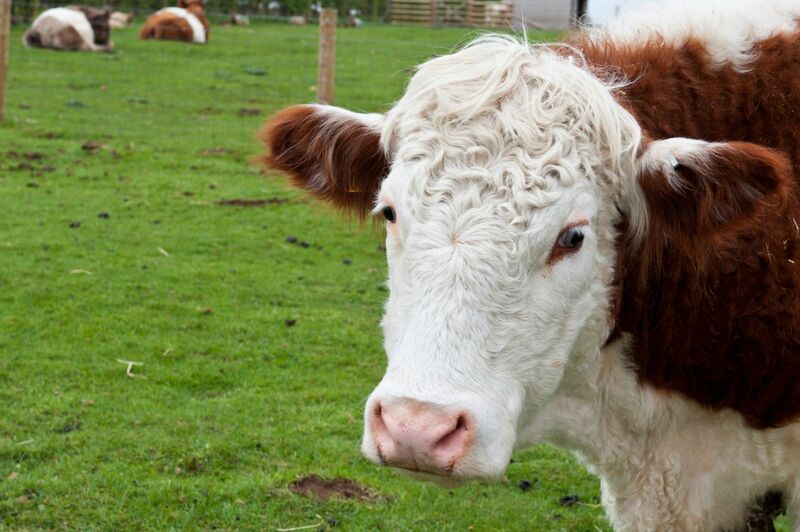May arabica coffee (KCK24) on Friday closed down -7.00 (-3.64%), and May ICE robusta coffee (RMK24) closed down -84 (-2.48%).
Coffee prices on Friday closed sharply lower as improved prospects for rain in Brazil eased dryness concerns and spurred long liquidation in coffee futures. Forecaster Maxar Technologies said Friday that moderate rain is expected in Brazil's coffee-growing regions over the next five days. Losses in coffee prices accelerated after the Brazilian real (^USDBRL) fell to a 1-week low against the dollar, which encourages export selling from Brazil's coffee producers.
On Thursday, arabica rallied to a 2-1/4 month high due to below-average rainfall in Brazil. Somar Meteorologia reported Monday that Brazil's Minas Gerais region received only 29.4 mm of rainfall in the past week, or 50% of the historical average. Minas Gerais accounts for about 30% of Brazil's arabica crop.
Coffee inventories are tight, which is a supportive factor for coffee prices. On February 21, ICE-monitored robusta coffee inventories fell to a record low of 1,958 lots, although they recovered modestly to a 3-week high last Wednesday of 2,453 lots. ICE-monitored arabica coffee inventories fell to a 24-year low of 224,066 bags on November 30, although they recovered moderately to a 4-1/2 month high Friday of 424,752 bags.
On Thursday, May robusta posted a contract high, and nearest-futures (H24) robusta posted a record high on tight robusta coffee supplies from Vietnam, the world's largest producer of robusta coffee beans. Vietnam's General Statistics Office reported last Wednesday that Vietnam's Feb coffee exports fell -32.8% m/m and -20.1% y/y to 160,000 MT, although total Jan-Feb coffee exports are up +16.2% y/y at 398,000 MT. Also, Vietnam's agriculture department on November 3 projected Vietnam's coffee production in the 2023/24 crop year could drop by -10% to 1.656 MMT, the smallest crop in four years, due to drought. Meanwhile, the Vietnam Coffee Association on December 5 projected that 2023/24 Vietnam coffee production would fall to 1.6 MMT-1.7 MMT, down from 1.78 MMT a year earlier.
Larger coffee exports from Brazil are bearish for prices. Cecafe reported on February 14 that Brazil's Jan coffee exports jumped +45% y/y to 3.7 million bags. Brazil is the world's largest producer of arabica coffee beans. Also, The International Coffee Organization (ICO) reported today that Jan global coffee exports rose +32.3% y/y to 12.62 million bags, and from Oct-Jan, global coffee exports rose +13.1% y/y to 45.125 million bags.
An increase in coffee exports from Honduras is negative for prices after Honduras reported last Friday that its Feb coffee exports rose +26% y/y to 932,678 bags. Honduras is the biggest coffee producer in Central America.
A negative factor for coffee was the hike by Safras & Mercado on February 5 to its 2022/23 Brazil coffee crop estimate to 61.1 million bags from a previous estimate of 58.9 million bags. Also, Brazil exporter group Comexim, on February 1, raised its Brazil 2023/24 coffee export estimate to 44.9 million bags, compared to a previous estimate of 41.5 million bags.
A bearish factor for arabica was the projection from Conab, Brazil's crop forecasting agency, on January 25 that Brazil's 2024 arabica coffee production would climb +5.4% y/y to 58.1 million bags. The 2024 coffee crop year is seen as the most productive of Brazil's biennial coffee year cycle.
This year's El Nino weather event is bullish for coffee prices. An El Nino pattern typically brings heavy rains to Brazil and drought to India, negatively impacting coffee crop production. The El Nino event may bring drought to Vietnam's coffee areas late this year and in early 2024, according to an official from Vietnam's Institute of Meteorology, Hydrology, and Climate Change.
In a bearish factor, the International Coffee Organization (ICO) projected on December 5 that 2023/24 global coffee production would climb +5.8% y/y to 178 million bags due to an exceptional off-biennial crop year. ICO also projects global 2023/24 coffee consumption will rise +2.2% y/y to 177 million bags, resulting in a 1 million bag coffee surplus.
The USDA's Foreign Agriculture Service (FAS), in its biannual report released on December 21, projected that world coffee production in 2023/24 will increase +4.2% y/y to 171.4 million bags, with a +10.7% increase in arabica production to 97.3 million bags, and a -3.3% decline in robusta production to 74.1 million bags. The USDA's FAS forecasts that 2023/24 ending stocks will fall by -4.0% to 26.5 million bags from 27.6 million bags in 2022-23. The USDA's FAS projects that Brazil's 2023/24 arabica production would climb +12.8% y/y to 44.9 mln bags due to higher yields and increased planted acreage. The USDA's FAS also forecasts that 2023/24 coffee production in Colombia, the world's second-largest arabica producer, will climb +7.5% y/y to 11.5 mln bags.
More Coffee News from
- Sugar Prices Weighed Down by Forecasts for Rain in Brazil
- Forecasts for Rain in West Africa Weigh on Cocoa Prices
- Coffee Prices Slump on Forecasts for Rain in Brazil
- Cocoa Prices Retreat on Forecasts for Rain in West Africa
On the date of publication, Rich Asplund did not have (either directly or indirectly) positions in any of the securities mentioned in this article. All information and data in this article is solely for informational purposes. For more information please view the Disclosure Policy here.
Disclaimer: The copyright of this article belongs to the original author. Reposting this article is solely for the purpose of information dissemination and does not constitute any investment advice. If there is any infringement, please contact us immediately. We will make corrections or deletions as necessary. Thank you.







